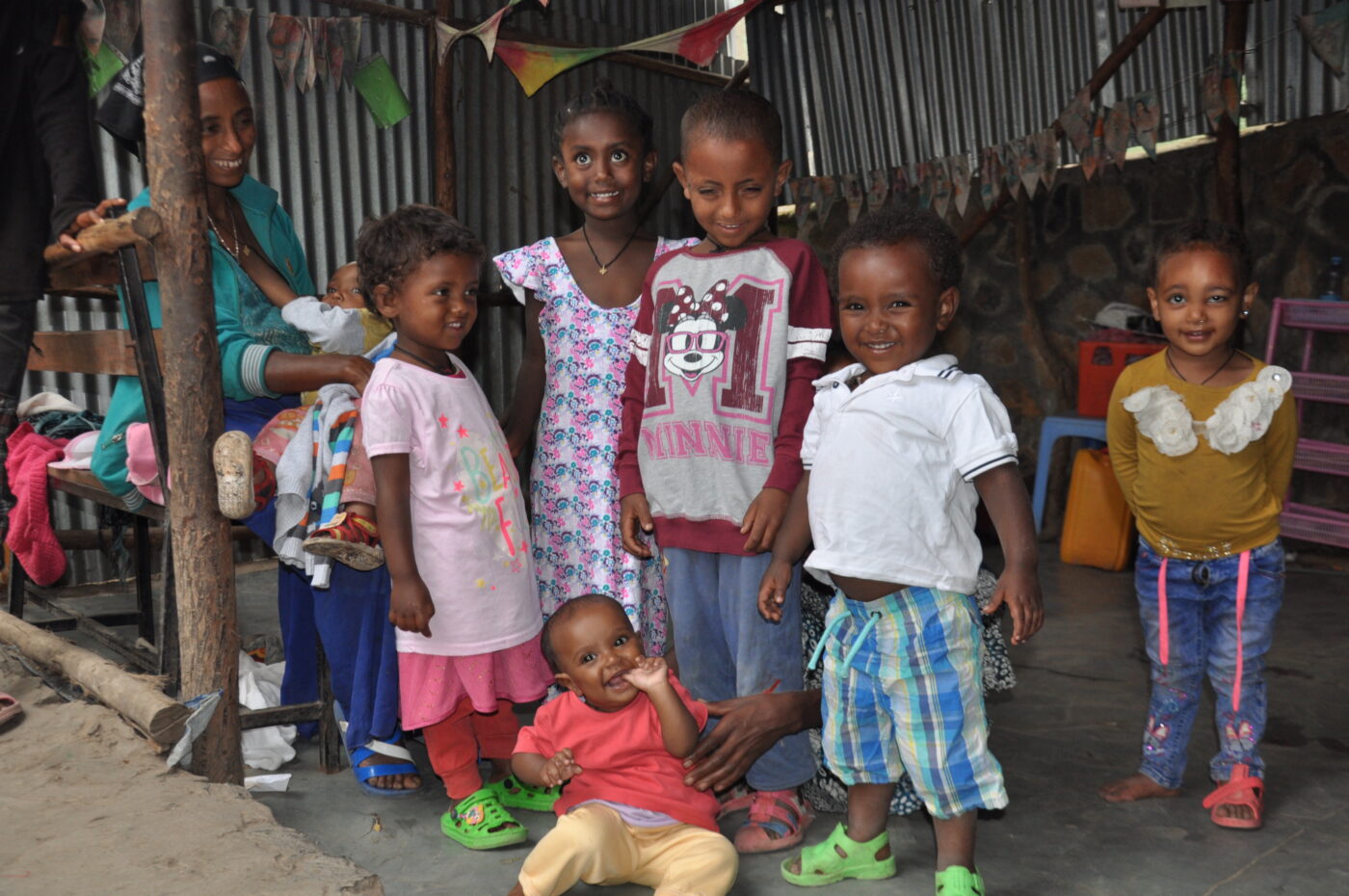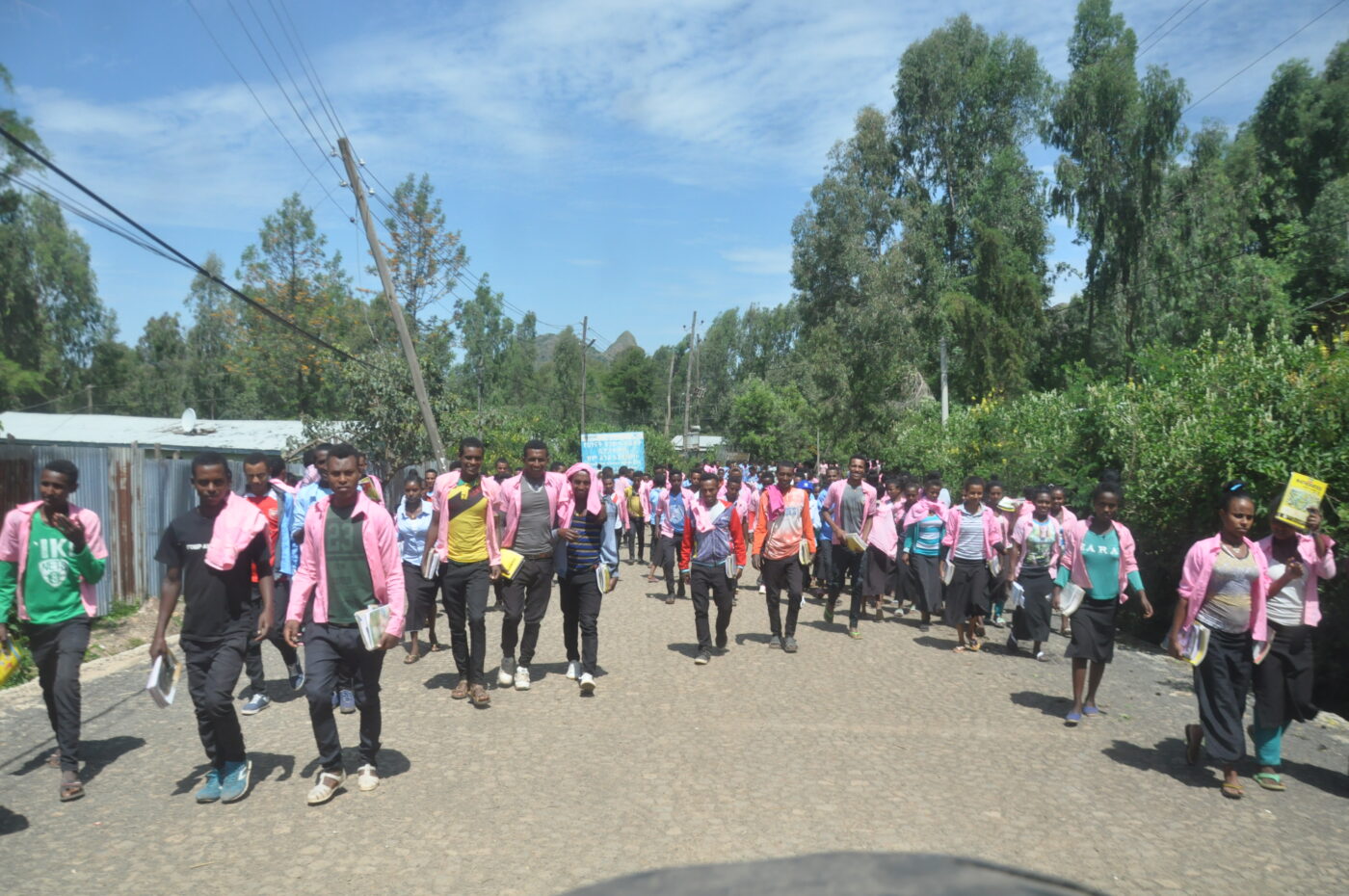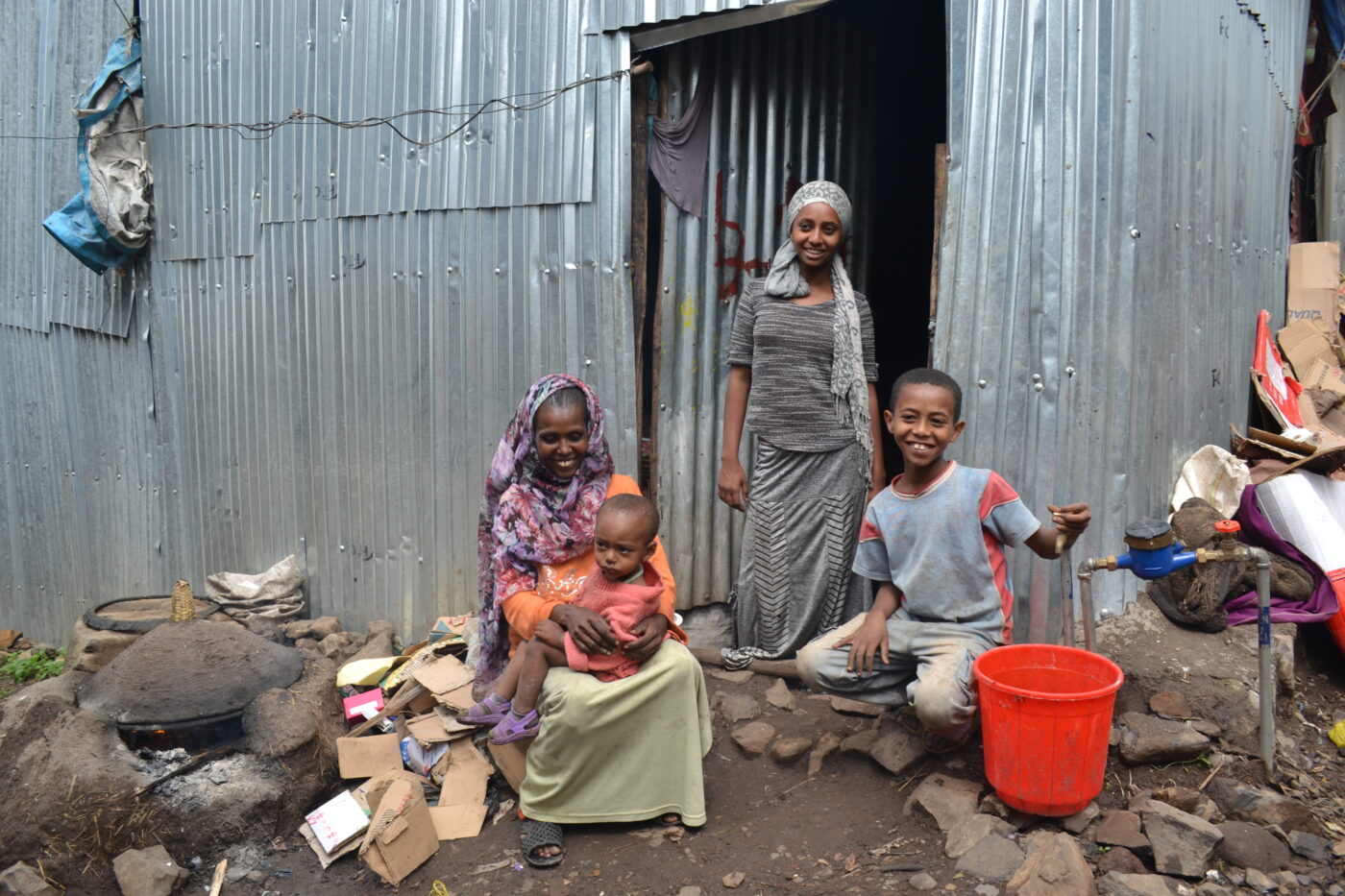By Abbey Anson, Fundraising Intern, and Caroline Walker, Chief Executive
UNICEF report on how poverty affects children in Ethiopia
A recent UNICEF report has given a valuable insight into understanding how poverty is affecting children in Ethiopia, where progress has been made, and what can be done to drive that progress further. Below we go through the key information from the report and consider how it relates to the work we’re doing at Together We Learn.
What’s the report?
The Multidimensional Child Deprivation in Ethiopia: First National Estimates report provides insights into children’s wellbeing in Ethiopia. Traditionally, research into wellbeing focuses on income poverty: that focus assumes that a family could fulfil their needs for services and goods if they had financial resources. However, in reality, money alone is not enough when families don’t have access to reliable public services, especially when considering the situation for children.
The UNICEF report measures deprivation for children aged 5-17 in the following areas:
- education
- health-related knowledge
- housing
- information access and community participation
- sanitation
- water
If a child is deprived in 3 or more of these areas, they would be considered to be ‘multi-dimensionally poor’.
The mulitdimensional approach can identify families and children that are missed when measuring by income alone. For example, a 2015 child wellbeing report using the monetary approach found that 32.4% of children in Ethiopia are poor and 5.2% live in extreme poverty (CSA, UNICEF, and OPM, 2015). This UNICEF report, which considers whether a child has access to services and whether they are being utilised, found that 88% of children in Ethiopia are poor.

What does the report tell us?
The situation is improving slowly. Poverty rates in Ethiopia declined by 6% between 2011 and 2016. Gross domestic product per capita doubled in the same period.
Many are still left vulnerable. 13 million children still live in poor households. 2 million of them in extreme poverty. Across the country only 1% of children did not experience deprivation any areas. 88% of children were found to be multi-dimensionally poor.
Deprivation is higher in our project regions than the national average. While the national average was 88%, in the Amhara and Oromia regions, 91% and 90% of children, respectively, were found to be multi-dimensionally poor.
Children in rural areas are worst affected. 94% of children in rural areas are multi-dimensionally poor, compared to 42% in urban areas.
Education reduces deprivation for the next generation. The deprivation rate was higher for children from families where parents or guardians had no education or only primary-level education, 91%, compared to 56% for children whose parent or guardian had completed secondary or higher education.
What does it mean for us?
The findings show that there is still a great deal to be done to break the cycle of poverty in Ethiopia. The focus of our work in the regions of Amhara and Oromia is appropriate and education does indeed have a positive impact on families in the long-term. In addition, we should maintain and build our support for children in rural areas, as the needs are greater.
What about education?
When assessing education in Ethiopia, the report focuses on three factors: school attendance, delays in schooling, and literacy.
Again, the situation is slowly improving. School attendance has increased since 2011 when 35% of children were not attending school. In 2016 only 29% of children were not attending. Children are also 6% less likely to be deprived in education than they were in 2011. However, this still means that 50% of children in Ethiopia are deprived in education.
There are regional differences. 49% of children were considered to be deprived across the country. In Amhara 43% of children were considered deprived in terms of education. In Oromia this rises to 56%.

Boys and girls are differently affected. The report measured that 49% of girls were deprived in education compared to 50% of boys. There was no difference between boys and girls when it comes to school attendance. However 51% of girls were rated as illiterate, compared with only 40% of boys.
Simply attending school is not enough. 34% of children were not in the right grade for their age which means they are failing and repeating years. 46% of children were rated as illiterate.
What does it mean for us?
What we can see here is there is still a long way to go for education in Ethiopia. It is encouraging to see improvements in attendance and reductions in deprivation nationally. However, our focus on the quality of education in schools is confirmed to be extremely important. If the quality of teaching is improved, literacy and overall performance should also improve, leading to better progression through school and more students in the right grade for their age.
The results on gender are also interesting, and confirm what we are seeing in our girls’ education projects. Ethiopia is doing very well in some aspects of gender equality, however the situation is complex, and solutions are not straightforward. What we see is that girls tend to be affected by factors not directly linked to education in the classroom, such as: higher burden of household chores leading to tiredness; lack of facilities and materials to manage periods; lack of time to study; and lack of understanding from parents and teachers of the disproportionate responsibilities they hold outside of school. While boys are affected differently by issues of gender inequality, such as: the pressure to drop out in order to work and contribute financially; a higher risk of corporal punishment; and gender norms which deprioritise school achievements, and create a greater stigma and shame around performing badly at school. Our Future Girls project, which involves boys and girls in discussions about gender equality is beginning to open up conversations around these complex issues.
Deprivation in Other Areas
Statistics on the individual deprivation characteristics were also provided by the report.
- Physical Development: 38% of children under the age of 5 were stunted (an effect of malnutrition) in 2016, with this percentage being higher in boys (41%) compared to girls (36%).
- Health: 68% of children under 5 were deprived in health, this is a significant decrease from a level of 84% in 2011. Health deprivation is double in rural areas compared to urban areas.
- Water and Sanitation: Significant progress has been made in access to safe drinking water with 14% fewer children deprived from access in 2016 (56%) compared to 2011 (70%). However, there has been no significant improvement in sanitation.
- Housing: 89% of children are in deprived housing.

What does it mean for us?
This shows us that no solution to support children can focus singularly in one area. Children in Ethiopia are affected by multiple deprivations, and any support for them must acknowledge this and respond accordingly. This is why, in addition to our main focus on education as the key to breaking the cycle of poverty, we also support families with nutrition, housing, health, and sanitation as part of our projects.
The report shows that more and more Ethiopian children are getting the chance to live a full live but many are still limited because their families can’t access the support they need. At Together We Learn, we hope to continue to be a small part of the solution by providing children with support in school and at home: working in communities to provide financial assistance and in classrooms, training teachers and funding new resources.